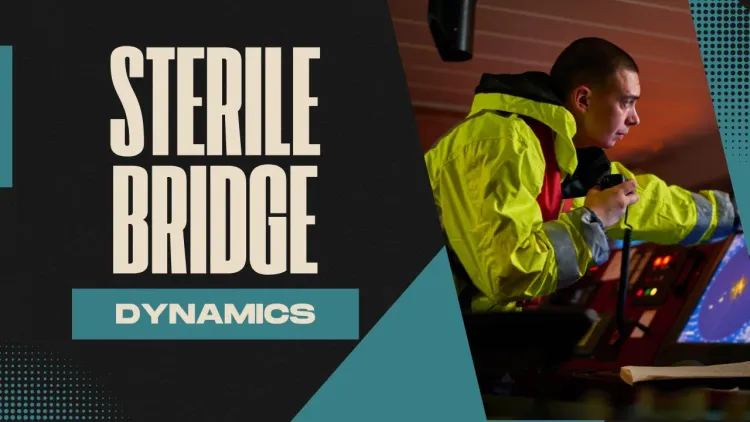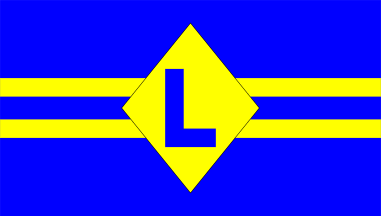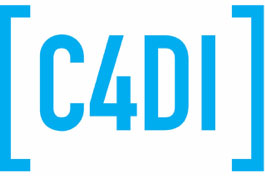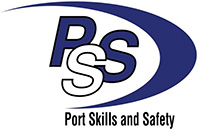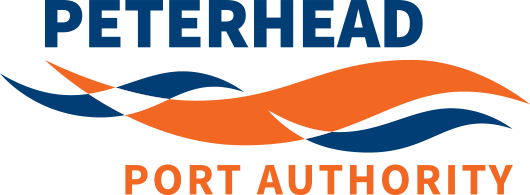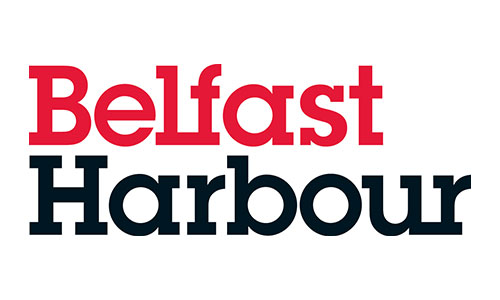The modern world is full of distraction. The advent of mobile technology which led to an explosion of ‘smart tech’ means that we have constant connectivity with everything and everyone. Our devices are actually designed to compete for our attention, with notifications and alerts to ensure we never suffer from ‘FOMO’, the fear of missing out.
Whilst these increasingly complex and intelligent devices have transformed our way of life, they have, through their constant need for attention, also been the cause of many an accident.
We need only look at road accident statistics to see the number of deaths and injuries caused by mobile phone use whilst behind the wheel. In the UK 17 people died and 499 were injured due to accidents in which mobile phone use was involved. These statistics are no doubt on the conservative side with the reality being multiples higher than the reported figure.
In aviation distractions on the flight deck were identified in a series of aircraft incidents in the 1970’s thanks to the advent of the flight deck voice recorder or black box as it’s commonly called. In 1974 Eastern Airlines Flight 212 was on a conducting an instrument approach in dense ground fog into Douglas Municipal Airport in Charlotte, the aircraft crashed at 7:34 am more than three miles short of Runway 36, killing 72 of the 82 on board.
In the investigation that followed the voice recorder revealed the flight crew had engaged in unnecessary and "nonpertinent" conversation during the approach phase of the flight, discussing subjects "ranging from politics to used cars.". Following the incident the NTSB (accident investigators in the US) made a series of recommendations to the Federal Aviation Administration to limit nonessential chatter during flight critical periods and to educate pilots to focus exclusively on flying tasks whilst operating at low altitudes.
From these recommendations and other similar incidents the concept of the ‘sterile cockpit’ (now sterile flight deck) was born.
Introduced in 1981 for commercial and charter aircraft it requires that pilots ‘perform no duties during a flight critical phase of flight except those required for the safe operation of the aircraft’
It defines the flight critical phases as
• Taxi
• Take off and landing
• Any operations below 10,000ft
During these critical periods any conversations must be limited to topics pertaining to the safety and operations of the aircraft. The rule is very useful in that it acknowledges large periods of a flight may actually be quite mundane and that extraneous conversations are unlikely to interfere with the safe operation of the aircraft and may indeed keep the crew more alert than being forced to sit in silence.
I read with interest a recent article by John Clarke FNI regarding the distractions of mobile devices during pilotage with particular reference to the EVER FORWARD case in Chesapeake Bay in which a 334m container vessel grounded when she missed her turn and remained aground for over a month before being re-floated.
In the US Coast Guard investigation it demonstrated the pilot had lost situational awareness due to his excessive non-essential use of his mobile phone and ipad. In fact he had spent nearly half of the 2 hour passage on his telephone, making calls, sending texts and emails and watching replays of a previous voyage on his PPU. The pilot, unsurprisingly, had his license revoked and the Maryland Board of Pilots introduced a total ban on mobile phones by pilots.
Just like in aviation, as John points out, the (mis)use of mobile devices has been a contributory factor in a number marine casualties over the last couple of decades.
I remember when I became a pilot in 2001 my company issued Nokia phone proved little of a distraction, mainly due to it only offering calls, texts and ‘Snake’ as possible distractions to the job in hand. However with the rise of the smartphone and the increased use by pilots of tablets and laptops as Portable Pilot Units (PPU)
So what relevance does this have in the marine world and how would we implement a ‘sterile bridge’ rule?
Just like aviation, shipping has its critical safety points. As a maritime pilot for over twenty years I’ve worked almost exclusively in these periods for the past couple of decades. But again pilotage can in some instances be broken down into routine phases and safety critical phases. Blanket bans rarely work and so is the case with new technology, indeed the phone I carry on board also plays an important role in my safe operations providing me with accurate near real time tide gauges to ensure the vessel has sufficient UKC.
As a pilot I have developed my own ‘sterile bridge’ rulebook which I discuss as part of my MPX with the master. These rules are
1. During critical points during the pilotage I will require extraneous conversations to cease and the bridge team to focus on the task in hand. I identify these points on the chart and then again alert the bridge team as we approach these points and again once we have passed the safety critical point.
2. I ask that the ECDIS and Radar be placed in silent/pilotage/low alarm status to prevent the constant distraction caused by shrieking alarms during passage through the district.
3. I switch off ALL notifications on my iphone and ipad for the duration of the pilotage. I have found that this prevents the ‘FOMO’ instinct and prevents unnecessary distraction.
4. I have a signal (raising my right hand) to indicate I need to focus (maybe on a VHF conversation) at which point the bridge team need to cease any conversations.
5. Once in final approaches or when tugs are in attendance the bridge team need to focus. No phones, no chit-chat but bee 100% focussed on the job in hand. At this point I switch off my phone, put it away and expect the bridge team to do likewise.
I find these simple rules allow me and the bridge team to have a safe, efficient pilotage experience that is not unduly restrictive but that in the event of dangerous situation we are able to act as a team in the best practice of bridge resource management techniques.
I like to think I make the pilotage experience interactive and enjoyable. I think one of the best parts of being a pilot is meeting with crews from all around the world and getting to know a little about them, share my local knowledge and hopefully have an enjoyable experience!

